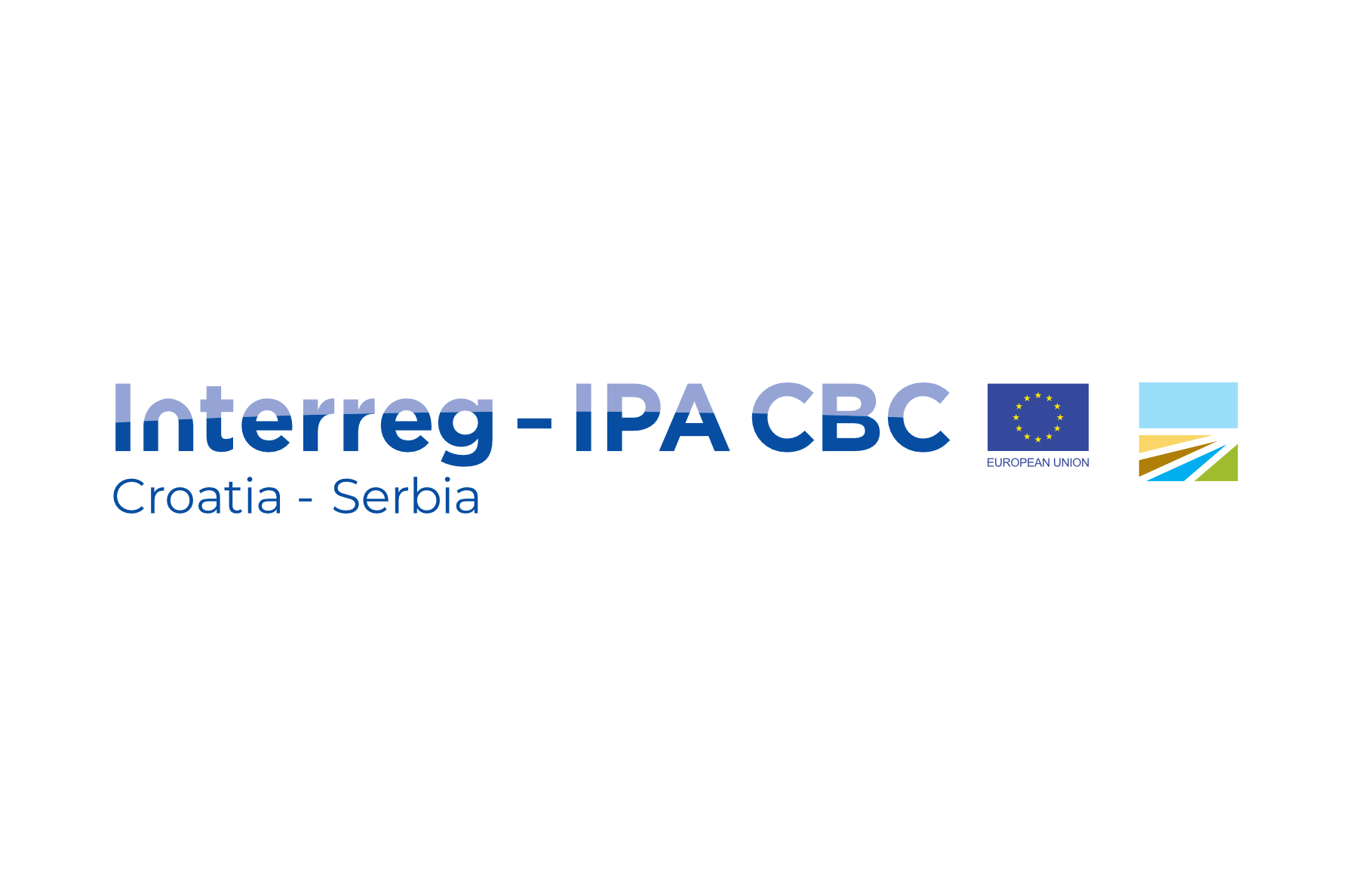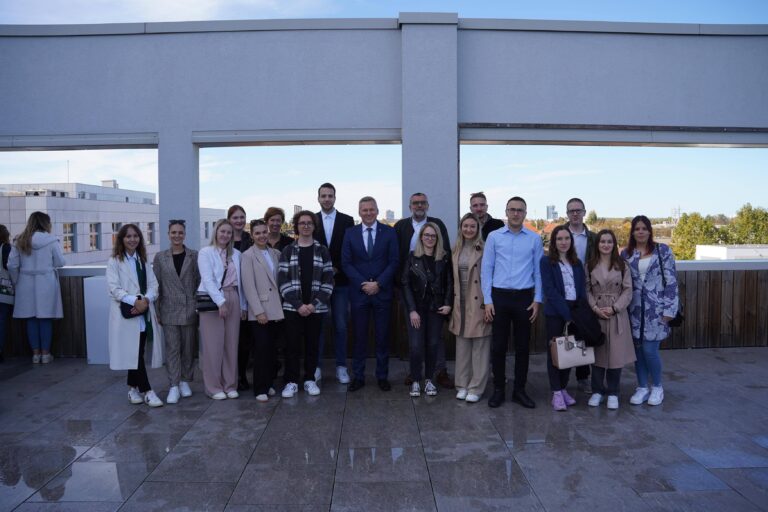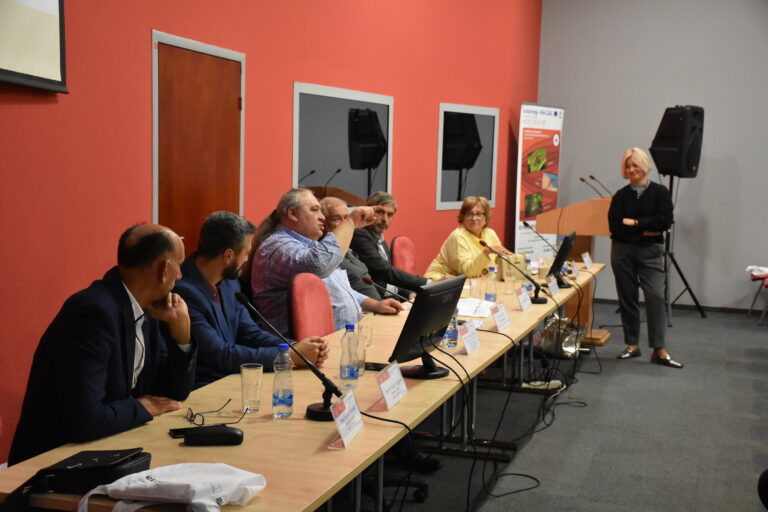After submitting project proposals, explained in details in the Developing a project section, projects will be assessed in two steps:
- Administrative compliance and eligibility check and
- Quality assessment.
The assessment process singles out projects that bring the most important benefits to the Programme area and have the highest contribution to Programme specific objectives. The final list of project proposals with the highest scores is then presented to the Joint Monitoring Committee, whose members take the final decision on approval or rejection. Projects approved by the Joint Monitoring Committee are then contracted by the Managing Authority.
Signing the Subsidy Contract
The first thing that needs to be done after a project’s approval is signing the Subsidy Contract, a legal and binding document determining rights and obligations of the Lead Partner and Managing Authority. After signing the contract, project activities can begin. The Lead Partner is responsible for coordinating the implementation of an entire project on behalf of all project partners. After signing the Subsidy Contract, all project partners are obliged to sign the Partnership Agreement, at the latest three months after the project start. Partnership Agreement is an agreement that defines roles, obligations and responsibilities of the lead and other project partners (PPs) within the project partnership.
Kick-off events
It is highly recommended that Lead Partner organizes a kick-off meeting with his partners at the beginning of the project. Kick-off meetings are efficient ways to confirm defined roles, obligations and responsibilities within the partnership, to agree on implementation methods and reach mutual understanding of what will be done during implementation. In addition, kick-off events targeting stakeholders, general public, local community and other groups are highly recommended by the MA and JS, as this kind of events inform wider audiences on upcoming project activities and highlight new opportunities for Programme and project area. With the goal of facilitating the kick-off phase of project implementation, the Managing Authority and Joint Secretariat are also organizing implementation workshops at the initial phase of project implementation.
Setting up a project team
As soon as the Subsidy Contract enters into force, the project partners are obliged to set up a project team in order to start with implementation. Project partners should identify roles and allocate responsibilities to each project team member already during project application phase. There are positions in the management structure that are crucial for the successful project implementation and whose importance should not be underestimated:
- Project manager is responsible for the overall organisation of the project. This includes preparation of progress reports, harmonization of visibility activities, communication with partners, aggregation of data on achieved Programme output indicators etc. The project manager is a proactive and resourceful team member, dedicated to the project’s core idea and ready to encourage the partnership in achieving results, objectives and outputs.
- Financial manager is responsible for accounting, financial reporting and internal management of the funds. He or she must be familiar with the accountancy and be aware of all Programme rules, EU and relevant national legislation concerning financing and audits, etc.
- Communication Manager is responsible for overall communication and visibility of project activities. The core task of the Communication Manager is to raise awareness on the benefit of a cross-border project, involve the local community and target groups in project activities, ensure publicity of using EU funds, inform the general public and set up an efficient communication on what the project is trying to achieve taking into account that, communication and visibility are essential for the project’s success.
Useful tips and tools
We strongly recommend to set up an effective way of implementing project activities during start-up phase. Below you can find advices for achieving smooth cooperation with project partners:
- Read Programme documents and templates. Programme-level documents address all aspects of project start, implementation and closure, in terms of expenditures, reporting, progress on outputs, visibility, eMS. We strongly recommend to read them carefully, as they provide better understanding of all phases and topics of an Interreg IPA project. They can be accessed in the Programme documents and legislation and Implementation documents sections.
- Communicate with partners clearly and continuously. The cross-border project assumes remote team work and project partners should find the best way to communicate. All partners must have continuous access to project information, including the Application, Subsidy Contract, work plan, budget and other implementation-related documents, and Programme information, such as Programme rules on eligibility of expenditures, Project Implementation Manual, Programme visibility guidelines and other relevant documents.
- Set up a management structure. Find the best way to ensure transparency and coordination of all project partners and tasks. Think about setting up steering and decision-making groups, as they can be a helpful tool in addressing thematic issues, engaging stakeholders and ensuring transparent decision-making.
- Establish a common working culture. Communicate your cultural values with your project partners in order to create a trustful working culture suitable for every participant.
- Draft project handbooks and guides. All partners need to have a clear idea about their responsibilities and agree on project procedures. Handbooks are needed when working across borders. If needed for your project, draft a document highlighting decision-making structures, reporting tasks and deadlines, quality control, stakeholder involvement, possible conflicts, etc. In addition to these documents, procurement plans and communication plans are essential documents to monitor spending dynamics and communication measures throughout the project implementation. All partners will be asked to provide their project-related procurement and communication plans to the Managing Authority and Joint Secretariat within the first months of project implementation.
- Establish (external) communication activities. Use the start-up phase to agree on communication details, such as preparing Project Communication Strategy, customizing your project logo with the Programme logo or designing promotional materials. Agree on all documents related to communication, such as the the project communication plan.
- Plan your project in details. For a smooth start-up of projects and effective following of steps mentioned above, partners defined a work plan and time table within Application. In addition to planning before the project approval, further efforts should be put into planning during the start-up phase to implement activities easier and anticipate any risks.




